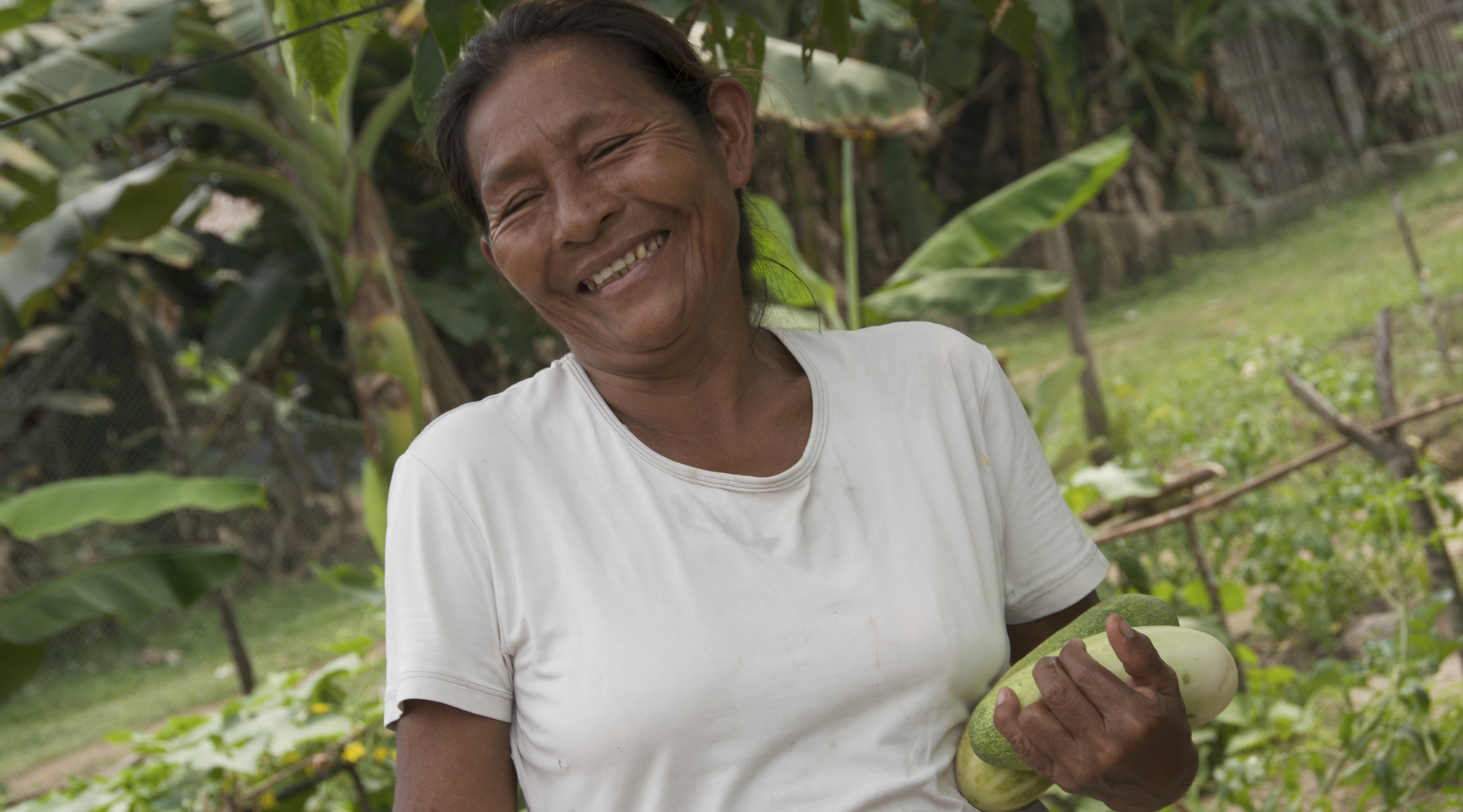World Earth Day goes back to 22nd April 1970 when, following the petroleum leak of the year before on the coast of Santa Barbara, in California, a spotlight was at last turned on and 20 million American citizens joined a rally in defence of Nature.
On that occasion Senator Nelson gave a legendary speech which is even today considered a foundation of Earth Day:“Everyone, regardless of race, gender, wage or geographic origin ,has a right to a healthy, balanced and sustainable environment”.
Since that moment, the date of 22nd April, exactly one month and two days after the spring equinox, has been World Earth Day. It is celebrated in 175 countries.
It is an opportunity to inform and raise awareness of the problems, mostly caused by human activities, which afflict our planet: air, earth and water pollution; destruction of the ecosystem; extinction of plants and animals and the exhaustion of non-renewable resources such as coal, oil and natural gas. An opportunity, also, to promote practical solutions to be put in practice in our everyday life, like the recycling of used materials and sustainable consumption.
Safeguarding our planet is a most topical question, as reaffirmed in the Sustainable Development Objectives and at COP21, the conference on climate change held in Paris in November-December 2015.
The Paris agreement calls for a plan to reduce greenhouse gas emissions to hold global warming below 2°C before 2020, with the long term objective to reduce it below 1.5°C.
On the initiative of Ban Ki Moon, Secretary General of the United nations, the 22nd April 2016 was chosen to be the first valid day for ratifying the agreement in New York. The Paris agreement will become legally binding if at least 55 countries – which together contribute at least 55% of global greenhouse gas emissions – ratify it before 22nd April 2017.
To accelerate the process Ban Ki Moon has fixed a special event on 21st September 2016 in New York, inviting the leaders of all the countries for a sort of “Collective Ratification Day”.
